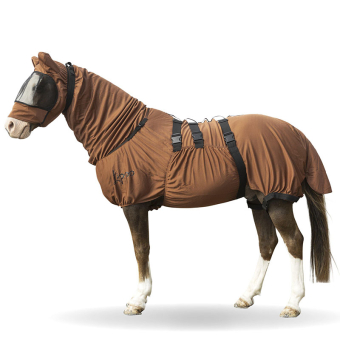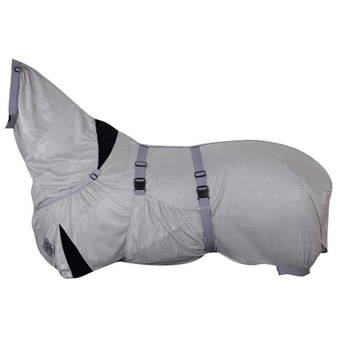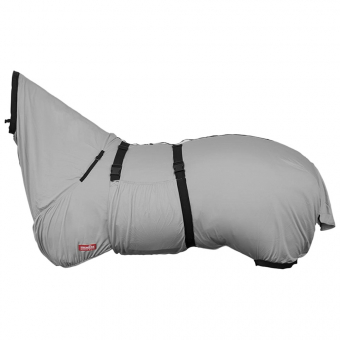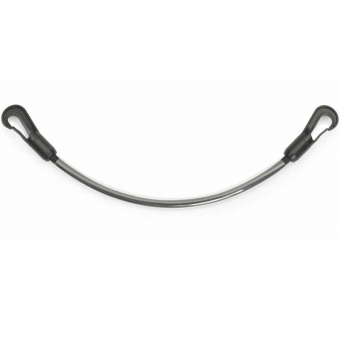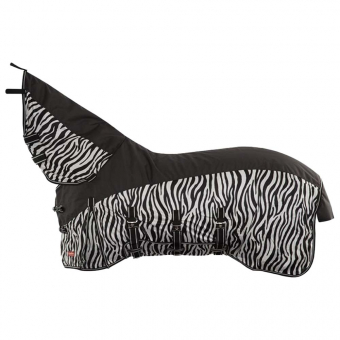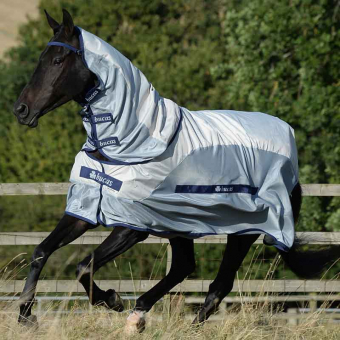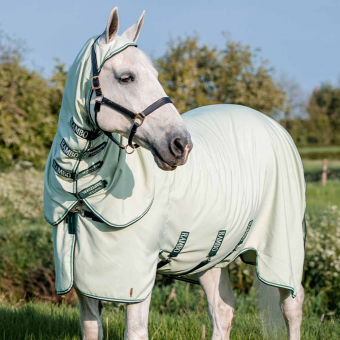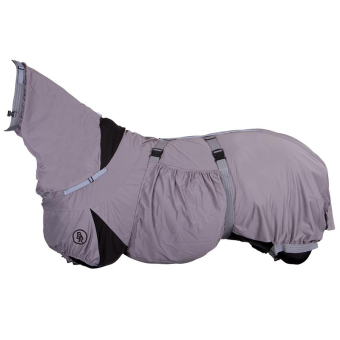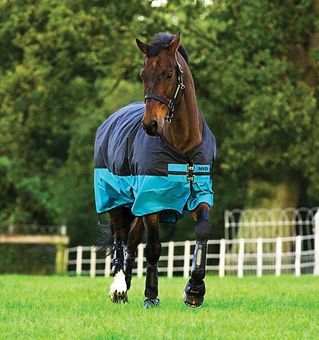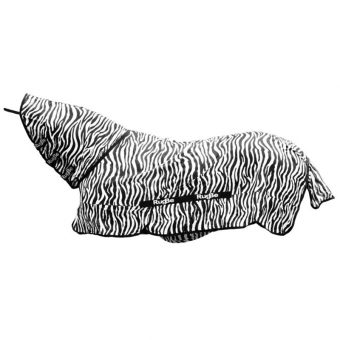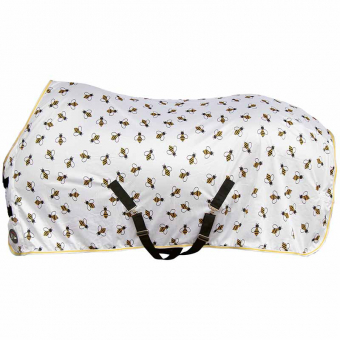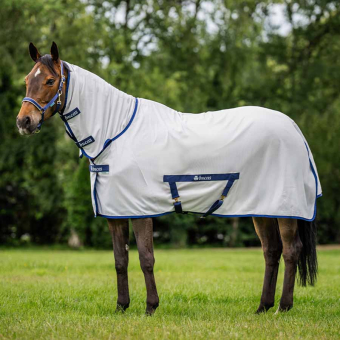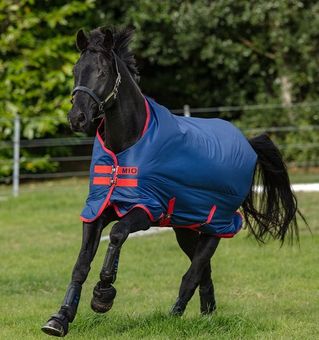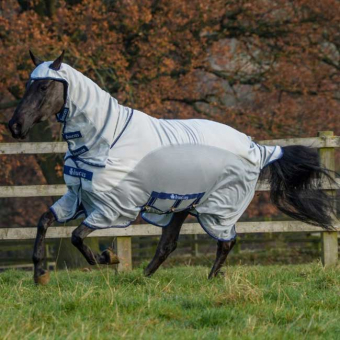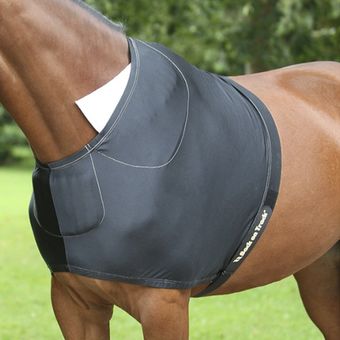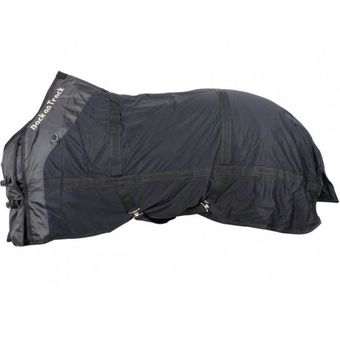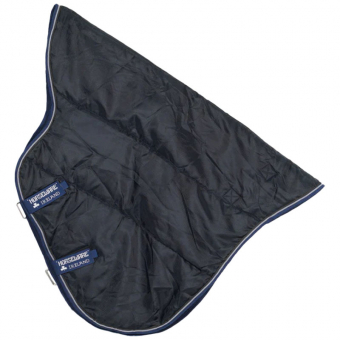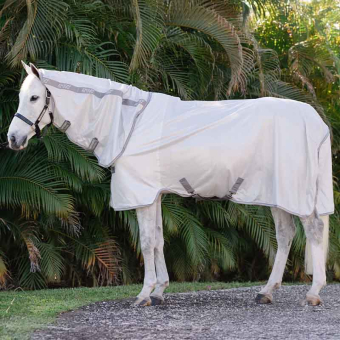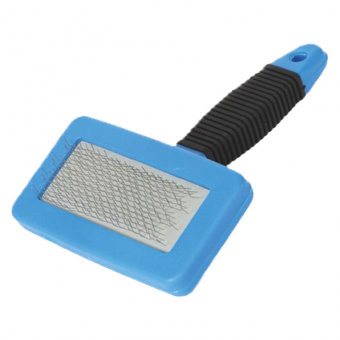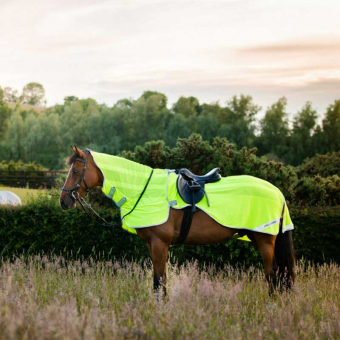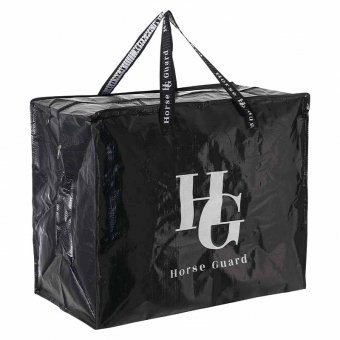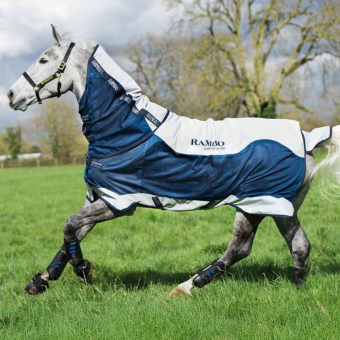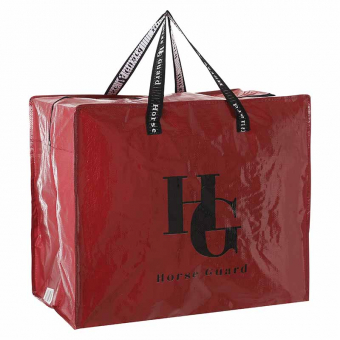At Equinest, you'll find blankets for both horses and ponies in various designs and for every occasion. We have horse blankets for all seasons, whether you want to keep your horse warm, cool, or protect them from flies and insects. We offer a wide range of blankets, all of which are of high quality.
Read more
Horse Blankets - Features to Keep in Mind
Here's a quick guide to the most common features to consider when it comes to horse blankets:- Denier - Does your horse tend to tear or damage blankets in the field? Or do pasture mates rough up blankets? In such cases, prioritize a blanket with a high denier rating, which indicates the durability of the outer fabric material. Denier is often denoted as D when describing a blanket's properties and refers to the thickness of the threads in the blanket's outer fabric. The higher the denier, the thicker and more durable the threads.
- Breathability - Material with breathability or moisture-wicking properties allows moisture, such as sweat, to evaporate, allowing air to pass through and keeping the horse dry under the blanket. If the horse will wear a blanket for an extended period, it's important that the blanket can breathe to prevent trapping moisture, which could lead to fungal or bacterial issues in the horse's skin. Breathability is often measured in mvt, which stands for moisture vapor transmission.
- Waterproof Rating - For rain blankets or other outdoor blankets, the waterproof rating is usually an important factor. The waterproof rating is often measured in millimeters (mm) and describes how much water the blanket can withstand before it starts to leak. If there's heavy or prolonged rain, the waterproof rating should be at least 3000 mm to keep the horse dry.
- Ripstop - Ripstop is a special weaving pattern used to minimize damage to the material if it gets torn. So if an accident occurs and the horse damages its blanket, the material often sustains smaller and more easily repairable holes if it has ripstop incorporated.
- Fill - Indicates whether the blanket is padded and, if so, how much filling is used. Fill is measured in grams per square meter (g/m2). It typically ranges from 50 g to 500 g, and the filling is usually made of an airy polyester material.
